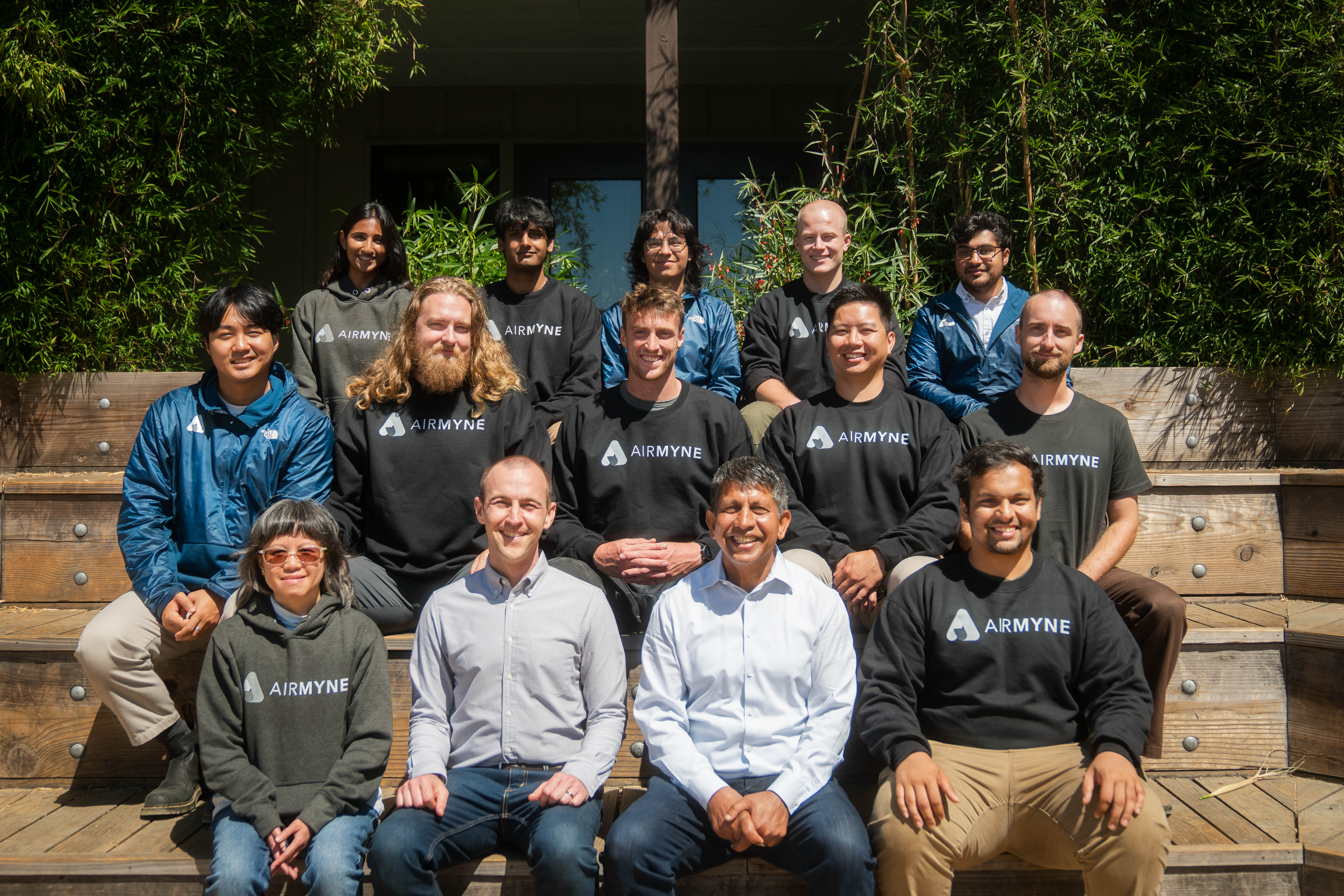A Q&A with Sudip and Mark of AirMyne
Direct air capture is one of the most understood methodologies for carbon removal today. Many approaches have taken shape over the past two and half decades, but one area that continues to plague the technology is its high temperature requirements that can be quite costly and complex. Fortunately, California-based startup AirMyne is developing a direct air capture method that uses a liquid sorbent that can be regenerated using low-temperature geothermal energy.
Powering the process primarily by low-temperature heat means it can flexibly tap into any source of low-carbon energy like waste heat, geothermal or electricity. This dramatically improves AirMyne’s ability to grow and scale. With a “DAC at scale” mindset, they are leading the way, and working with important partners like Fervo Energy who will help deliver the critical geothermal energy that is needed.
We recently sat down with Sudip and Mark, co-founders of AirMyne, to dig into the details of their direct air capture approach, AirMyne’s views on the regulatory landscape, as well as what community engagement looks like today.
Why does direct air capture (DAC) present a compelling solution?
We believe many of the other carbon removal approaches offer co-benefits that will be vital in restoring and maintaining our environment. That being said, Direct Air Capture (DAC) remains the gold standard when it comes to a measurable carbon removal solution. Nature-based solutions rely on sampling and statistics to estimate how much CO2 is captured in large, open systems like beaches, fields, or bodies of water. With DAC however, all process inputs and outputs can be precisely quantified in a relatively compact industrial footprint. DAC offers a level of certainty and transparency that makes it an ideal anchor for any risk-managed carbon removal portfolio.
What is needed at the local, state or federal level to really spur this market beyond voluntary carbon markets? Does legislation need to be more punitive to high emitting companies?
Governments can take a variety of steps. Establishing long-term programs for governments to directly purchase high-quality carbon removal is one. Another is establishing compliance markets with transparent standards and incentives. Government-backed standards-setting bodies can help define, quantify, and standardize how carbon removal activities are evaluated, and tax and securities regulators can set rules to clarify rules and incentives for creating, selling, exchanging, and retiring credits. Environmental regulators can seek ways to accelerate the permitting process for removal projects while still maintaining rigorous, clear standards. Despite the challenge & complexity, the USA, EU, Canada, Denmark, Japan, and others are already taking positive steps in support of all the opportunities above. Whether legislation penalizes emitters, we should be clear-eyed that the costs - and benefits - of carbon removal will ultimately be shared by all.
Where does DAC stack up in terms of public support? How is AirMyne working with communities to foster this support?
While many people are supportive of positive climate action, relatively few people are familiar with the idea of carbon removal, and even fewer are aware that carbon removal is now agreed to be an essential part of the climate solution. At AirMyne, we do our part by welcoming policy leaders, community leaders, students, and the general public into our facilities to help people see how the technology works, ask questions directly from the folks building the technology, and hear why we believe AirMyne’s carbon removal technology will benefit local & global communities. We recently hosted over 60 visitors to our facility as part of San Francisco Climate Week. AirMyne is also excited to be a part of the CALDAC Regional DAC Hub, a Department of Energy program exploring how community-led Direct Air Capture can take shape in California and the world.
